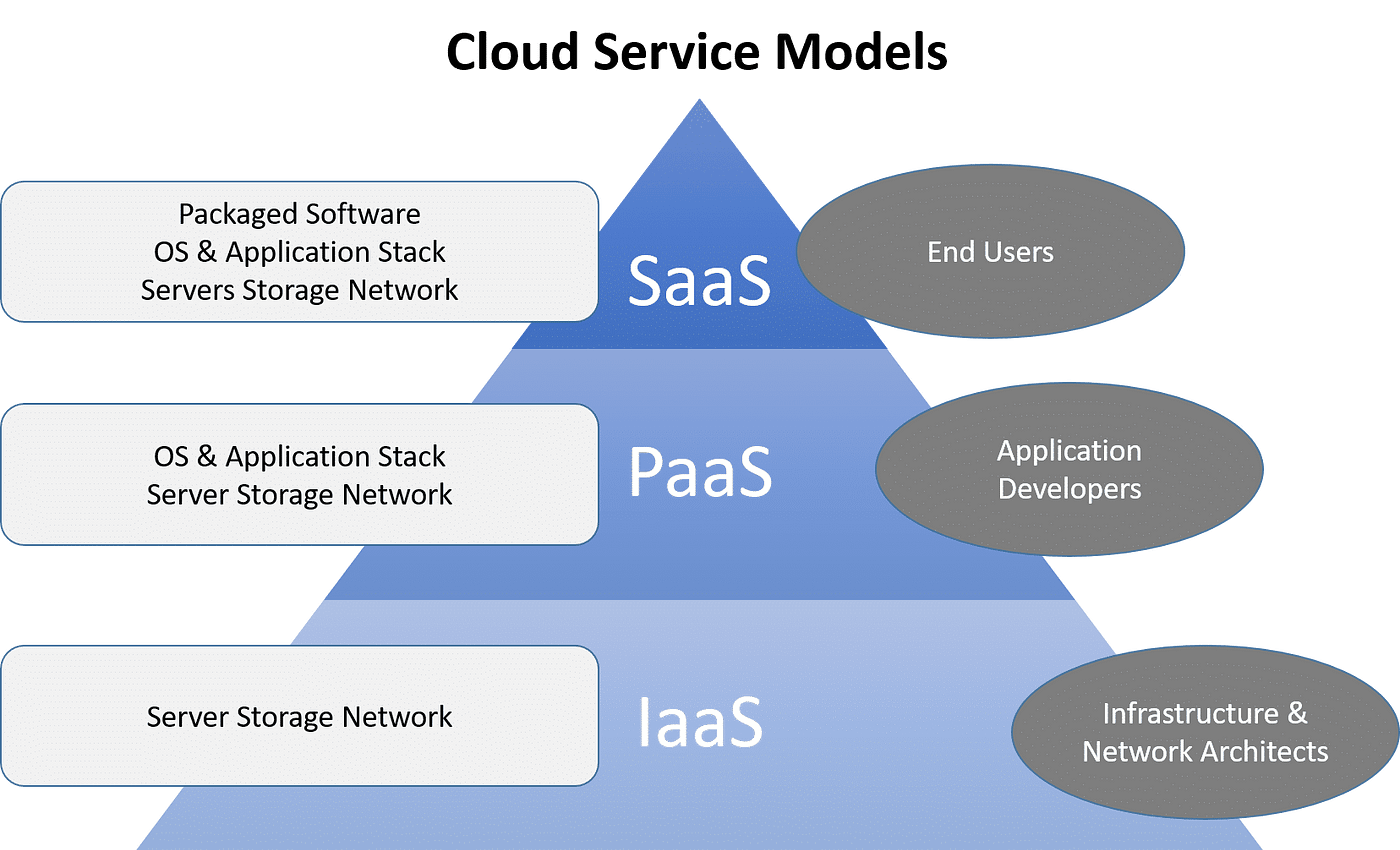Newest Cloud Services Press Release: Advancements and Sector Updates
Newest Cloud Services Press Release: Advancements and Sector Updates
Blog Article
Achieve Seamless Scalability With Cloud Solutions
In the ever-evolving landscape of cloud solutions, accomplishing seamless scalability stands as a keystone for modern businesses seeking to stay competitive and versatile. The capacity to easily increase or get sources in reaction to changing needs is a pivotal benefit in today's hectic electronic environment. By mastering the art of scalable cloud services, organizations can not only optimize efficiency and streamline operations but additionally pave the method for future growth and advancement. The mission for seamless scalability with cloud solutions unveils a world of opportunities for those ready to embrace the transformative power of dynamic resource administration.
Benefits of Cloud Scalability
Cloud scalability uses organizations the flexibility to dynamically adjust sources based on demand, making sure optimal performance and expense effectiveness. One essential advantage is the ability to scale resources up or down promptly in action to changing work. This agility makes it possible for companies to satisfy altering client requirements without over-provisioning sources, ultimately bring about set you back savings. Scalability additionally improves performance by making sure that systems can take care of boosted web traffic or work without experiencing downtime or slowdowns. By effectively designating resources, organizations can keep high levels of efficiency during peak times without unnecessary expenditures throughout quieter durations. In addition, cloud scalability advertises technology and testing by enabling services to quickly check originalities and range them as required. This versatility urges a culture of continuous renovation and adaptation, making it possible for organizations to stay affordable in a swiftly advancing market landscape. Inevitably, the advantages of cloud scalability extend past expense savings to include improved efficiency, agility, and technology.
Secret Features for Scaling
Effective scaling in cloud solutions counts on essential features that allow organizations to adjust resources dynamically based on need. One important attribute for scaling is elasticity, allowing sources to scale up or down in response to fluctuating work. This ensures that companies can fulfill performance requirements without over-provisioning resources. Another essential feature is scalability, allowing systems to take care of enhanced workload by including resources perfectly. This attribute is critical for fitting growth without endangering efficiency. Additionally, automation plays an essential duty in scaling by automating the provisioning and de-provisioning of resources based on predefined policies. Automation minimizes human treatment, enhances efficiency, and guarantees fast feedback to changing needs. Tracking and analytics tools are additionally necessary for scaling, supplying understandings right into resource application, efficiency metrics, and prospective bottlenecks. These devices make it possible for companies to make enlightened choices and optimize source allotment for efficient scaling. On the whole, these crucial functions jointly encourage organizations to achieve smooth scalability in cloud solutions.
Implementing Auto-Scaling Strategies
To efficiently enhance resource allotment and adjust to varying workloads, companies should strategically execute auto-scaling techniques in their cloud solutions infrastructure. Auto-scaling enables systems to immediately adjust the number of calculate sources based upon real-time need. There are various auto-scaling techniques that companies can utilize, such as anticipating scaling, which utilizes historic data to forecast future source needs, and reactive scaling, which reacts to current work adjustments.

Ideal Practices for Scalability
For companies aiming to improve their scalability in cloud solutions, next page implementing best techniques is critical for optimal efficiency and resource management. One secret best practice is designing applications with a microservices style. This approach breaks down applications right into smaller sized, independent services that can be released, updated, and scaled separately, enabling higher versatility and scalability.
Another important technique is making use of containerization technology, such as Docker or Kubernetes. Containers allow the product packaging of applications and their dependencies into isolated units, making it simpler to scale parts separately and deploy them consistently across various settings.
Furthermore, executing automated release and facilities as code (IaC) can enhance scalability efforts (linkdaddy cloud services). Automation tools like Terraform or Ansible help in provisioning and handling resources effectively, decreasing hands-on mistakes and enabling rapid scalability
In addition, checking performance metrics, setting up informs, and carrying out normal ability preparation are necessary practices to make sure positive scalability monitoring. By sticking to these finest methods, organizations can achieve seamless scalability in their cloud services while maximizing performance and resource use.
Monitoring Performance Metrics
When analyzing the performance of cloud services scalability, very closely checking efficiency metrics is necessary for guaranteeing optimal performance and resource allocation. By continuously tracking essential efficiency indications (KPIs) such as reaction times, resource, latency, and throughput use, companies can get beneficial insights into the health and effectiveness of their cloud framework. Keeping an eye on performance metrics permits for the very early discovery of prospective bottlenecks or problems that can affect scalability, making it possible for positive procedures to be required to resolve them prior to they intensify.

Final Thought
In final thought, achieving smooth scalability with cloud solutions is important for companies to optimize efficiency, boost advancement, and keep high performance levels throughout peak times. By leveraging the benefits of cloud scalability, carrying out auto-scaling strategies, utilizing vital functions such as flexibility and automation, and adhering to finest practices like application layout and performance surveillance, businesses can efficiently scale their systems while making the most of resource utilization and performance.
The pursuit for seamless scalability with cloud solutions unveils a world of opportunities for those prepared to embrace the transformative power of vibrant source monitoring.
Cloud scalability uses companies the adaptability to dynamically readjust resources based on need, ensuring optimal performance and cost performance. One more vital feature is scalability, enabling systems to manage increased work by including resources effortlessly.For organizations intending to improve their scalability in cloud services, executing finest methods is vital for ideal efficiency and source monitoring.When assessing the performance of cloud services scalability, closely checking performance read what he said metrics is critical for making certain ideal performance and resource appropriation.
Report this page